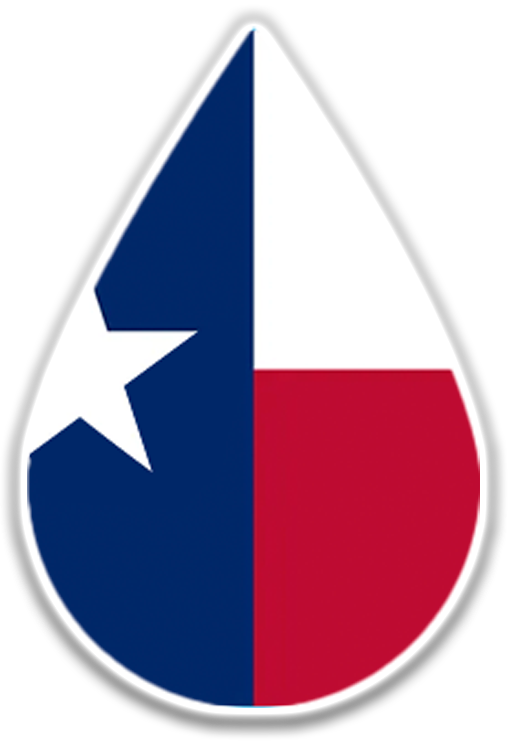When you look at your driveway, what do you see? If your driveway is concrete, or made up of pavers, odds are you see discoloration at best and areas of staining at worst. This is where we explain why pressure washing is your best option and why!
You typically have three troublemakers when it comes to staining driveways, walkways, and paved stone areas. They are green stains, black or brown stains, and orange stains. Each is an eyesore, and each offers up their own set of challenges to remove. Not only are they an eyesore, but some of them are actual slip and fall hazards adding potential liability to your list of reasons to get this taken care of as quickly as possible!! No one wants to see a family member injured because of their own negligence in properly maintaining their property, and we certainly don’t want to discuss a non-family member being injured who might file an insurance claim or worse ~ a lawsuit. When you stop to consider these potential horrors, hiring a professional doesn’t seem so bad. Let's look into some other reasons that might be a better idea than the DIY route.
We mentioned the different colors of stains causing these eyesores but let’s meet the culprits and get to know them a little better. The green stains. You have probably already guessed that those are caused by organic matter such as algae fungus, lichens, moss, and mold. We have discussed what they can do to damage a roof but on concrete driveways, patios, and walkways, they become slippery and could cause a fall. These stains are typically a bother after coming out of a wet winter and heading into the warm up of spring. Most DIY videos recommend using bleach and a metal brush to rid yourself of this problem. There are two very major issues with that advice. Concrete is porous so the bleach can actually damage the concrete and metal brushes can leave scrape marks. Not to mention that bleach is not exactly child, pet, or landscape friendly.
Next up are the brown stains. Again, mostly from organic materials like leaves, pinecones, pinestraw and acorns. This is usually a problem in the fall and best addressed as soon as possible so the stain removal is easier. Keeping the organics swept or blown off the concreted or paved areas will help minimize the effects of the staining. Again, DIY videos will recommend all types of chemical treatments and the use of brushes to scrub the area. These treatments often have to be repeated several times to achieve the success you are looking for and, again, some of the recommended chemicals are not child, pet, or landscape friendly.
Then we have the black stains. We all recognize the stains from the petroleum products our vehicles need and sometimes leak ~ or we spill. With concrete being porous, these are some of the harder stains to remove. Again, DIY methods require strong chemicals and repeated treatments.
Lastly, there is the orange or red stain from rust. This can be caused from the reinforcement used in constructing the patio or driveway or can be caused by slag steel inclusions in the concrete. Either way, these are no joke to try to clean. Just like the petroleum stains, they can take multiple DIY treatments just to get faded, much less rid of completely.
Concrete is not the only driveway, patio, or walkway that can be discolored by these culprits. Brick can become just as dingy and stained and have the same cleaning challenges for the same reason as the concrete. The main thing to keep in mind is you have two main times of the year when pressure washing would be a good maintenance item to add to your list. Those would be spring and late fall. Then you can spot treat the petroleum and rust stains as needed.
